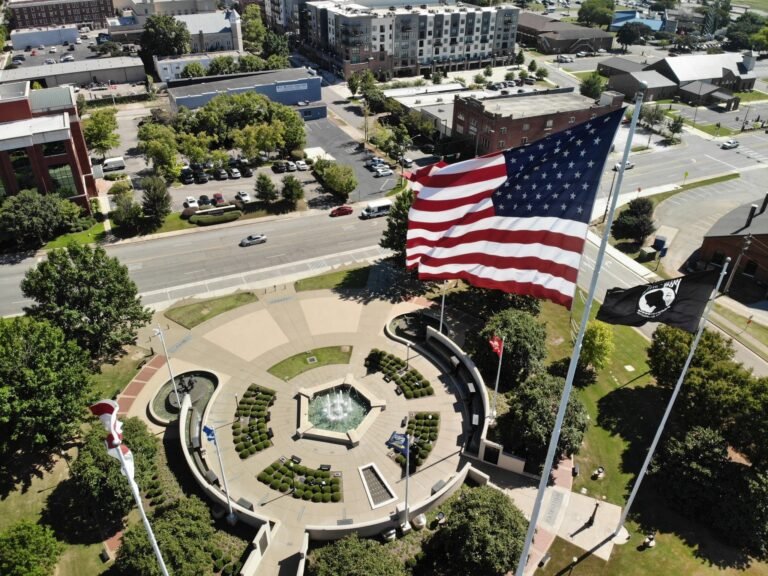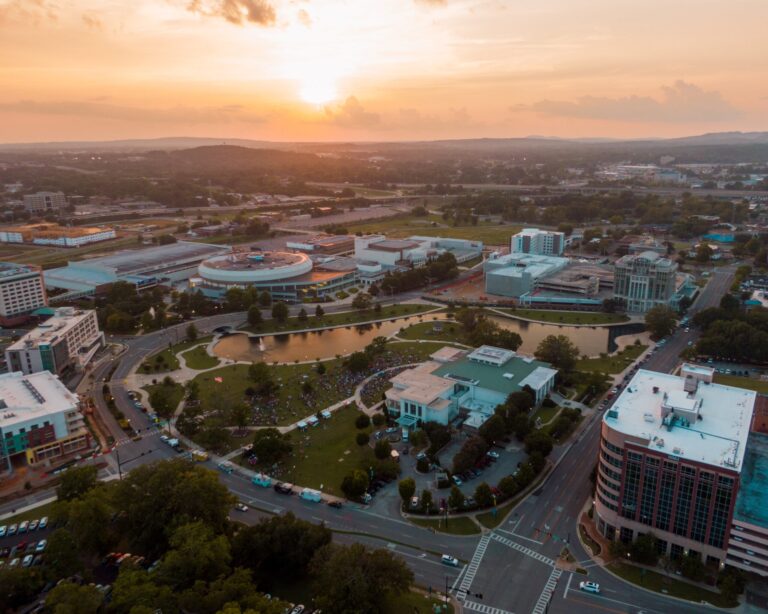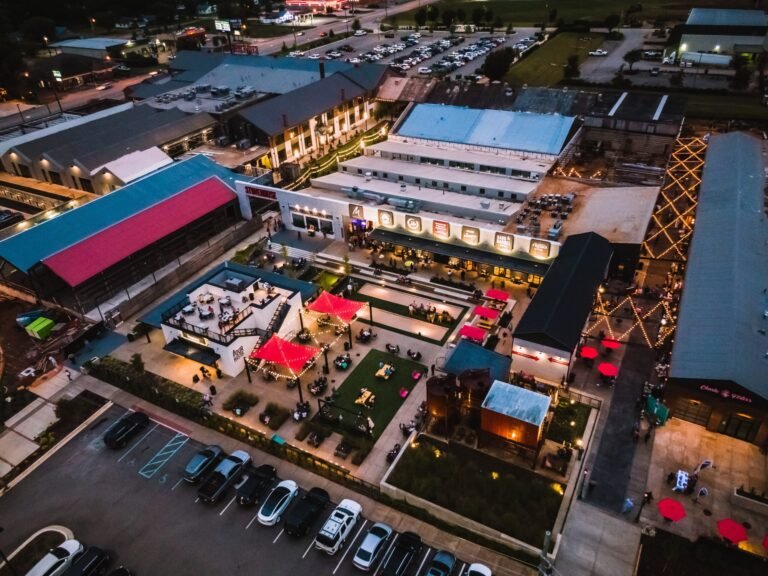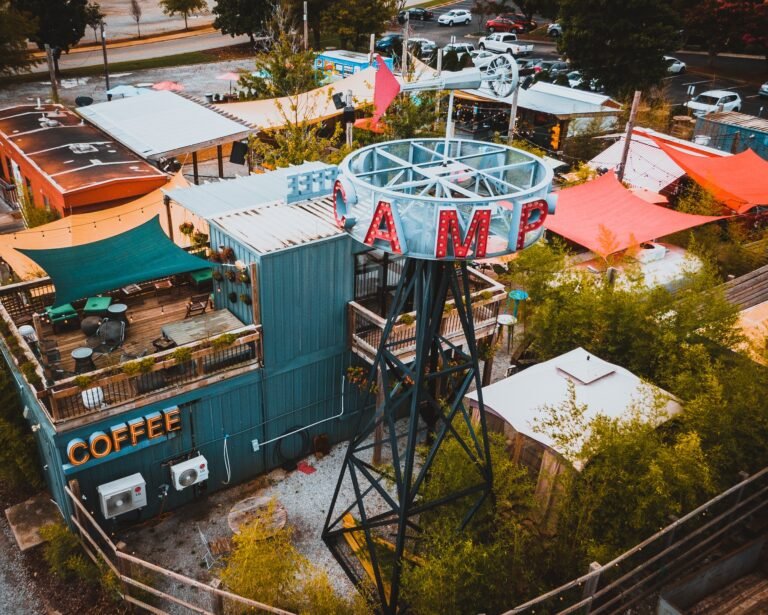
A Time for Hope
Hope . . . grab it, hold it, believe in it because it has been part of our collective past as much as life, liberty, and the pursuit of happiness or baseball, hot dogs, apple pies, and Chevrolets.
It runs through a national tapestry that “We the People” have been weaving for the past 244 years.
Wedged between Faith and Love on Sundays and sometimes mentioned during the other six days of the week, “Hope” hasn’t taken a day off since 1776; surviving centuries of wars, economic depressions, poor leadership, social injustices, and yes, even pandemics.
Why give up hope now?
What if George Washington and his troops gave up at Valley Forge and went home in the winter of 1777, or if Abraham Lincoln left the house divided in the face of civil war in 1861, or if Franklin D. Roosevelt let fear win as the Great Depression and facism spread across the globe?
In difficult times like these what wisdom or inspiration could we draw from our past if we came from a nation of quitters who folded up the proverbial tent the minute things became uncomfortable or even hard.
1776
Hope drove our Founding Fathers and Mothers to rebel against a British Empire so large that the sun never set upon it in 1776. By 1777, almost constant military defeat marked our national experience and little hope for victory seemed possible as Washington’s Continental Army settled into winter camp at Valley Forge.
Months of famine, desertion, and disease didn’t help the cause much, yet when spring sprung in Pennsylvania, the American soldiers who remained had a new sense of hope that drove them to victory in 1781. Their new nation, dedicated to life, liberty, and the pursuit of happiness, quickly became a beacon of hope for oppressed people everywhere.
But mistakes were made and it became clear that not all Americans had the same promise or hope of freedom. We had work to do.
The hope of freedom drove Harriet Tubman to escape her shackles and return south to help others find their American Dream. Frederick Douglass gained his hope by learning to read and write and he used his words to fight a personal war against slavery.
1860
Abraham Lincoln’s election in 1860 made us confront hard realities about slavery and for the next four years hope was in short supply as over 750,000 northerners and southerners died fighting for a cause they believed in.
Although the nation had a great deal of healing to do after the Civil War, it was the hope of new beginnings that pushed the United States to become an industrial giant, for a New South to emerge, and for African-Americans to enjoy the promise of better days to come.
1929
Hope seemingly died on October 29, 1929, when the Stock Market crashed; erasing jobs, savings, and beginning an era of misery now called the Great Depression. In 1930 alone, over 12 million Americans lost their jobs, 20,000 companies went under, and 23,000 people committed suicide. But for the vast majority of Americans, life continued onward and hope remained somewhat eternal as they put on a brave face and sang songs like “Let’s Face the Music and Dance,” “Brother, Can You Spare a Dime,” and “On the Sunny Side of the Street.”
Americans, even when knocked down and almost out, still preferred to look hopefully toward better days. Sensing this spirit, Franklin D. Roosevelt began his presidency by reminding all Americans that the “only thing we have to fear is fear itself.”
Millions of Americans rolled up their sleeves and during the worst economic downturn in our history, proceeded to construct dams, brought electricity to the Tennessee River Valley, built new state parks like Monte Sano State Park, and prepared a down-on-its-luck nation for its next big challenge . . . a day that would live in infamy.
1941
December 7, 1941, challenged the hopes of a nation like never before. At a time when 93 percent of Americans didn’t want war . . . war found them. The hope of victory seemed distant as our Pacific Fleet smoldered in Hawaii and goose-stepping Nazis marched across Europe. In 1941 we remained the brightest beacon of hope for the free world.
A sleeping giant began to rumble. We held scrap drives and planted Victory Gardens to support ourselves and our neighbors. We lived off of ration books, limited driving, and put up with meatless Fridays so that good could win out over evil.
The hope of victory allowed the “we” to prevail over the “me.” Hope burned bright in the United States and we became the beacon for a world dimmed by hate and war. When war ended in 1945 we emerged from it with a new American Dream that would make us better.
The sacrifice of past generations and the hope of a better, more inclusive American Dream led peaceful protesters, sick of living under Jim Crow’s wings, to stage sit-ins at downtown Huntsville lunch counters and to take their children by the hand and lead them past their screaming neighbors to the front doors of the Fifth Avenue School. The misery of “separate but equal” gave way to “we shall overcome” and the hope for better days.
From George and Martha Washington to Sonny Hereford III and Sonny Hereford IV, Americans have always found a way to dig a tunnel of hope through the dark mountains of despair. Hope does spring eternal in our nation’s long history.

It has been a while since Americans have had to deal with a common foe as large as the one that confronts us now. One that requires us to sacrifice and give up our daily routines, hobbies, and workdays. But much like those who lived through Valley Forge, the Civil War, the Great Depression, World War II, and the Civil Rights Movement, we have what it takes to endure tough times. We have a long, shared history of hope that has driven us forward toward better days.
Valley Forge led to sustained nationhood, the Civil War reset a nation divided, the Great Depression and World War II created a superpower, and the Civil Rights Movement corrected previous wrongs.
Who knows what this current challenge will create but if we are anything like our forefathers and foremothers we are up to that challenge. Because our long history of hope allows us to use the wisdom of yesterday to live today and risk tomorrow.
So let’s get to living and hoping; we owe it to the next generation.
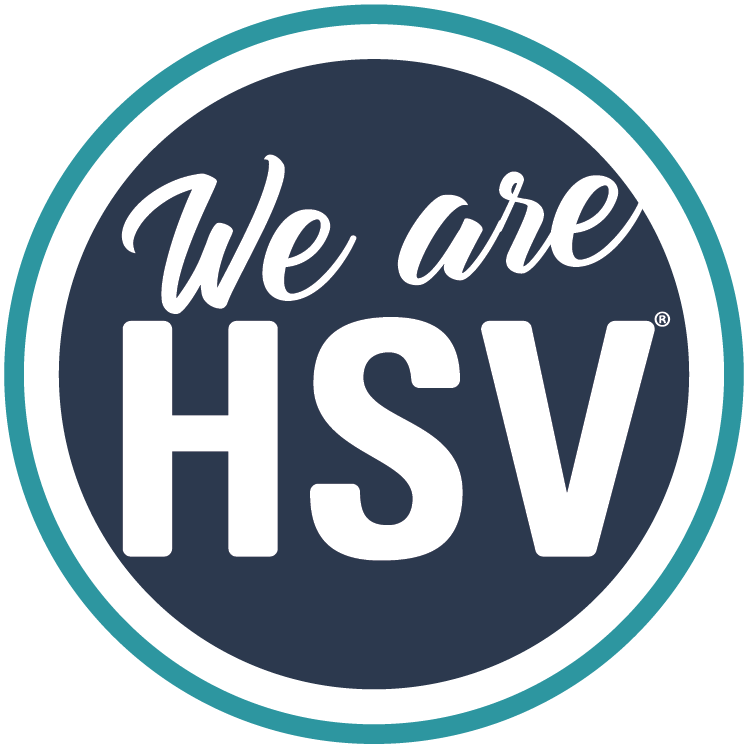
Guest blogger for We Are Huntsville. Are you interested in writing a post for our site? Email katelyn@wearehuntsville.com.

